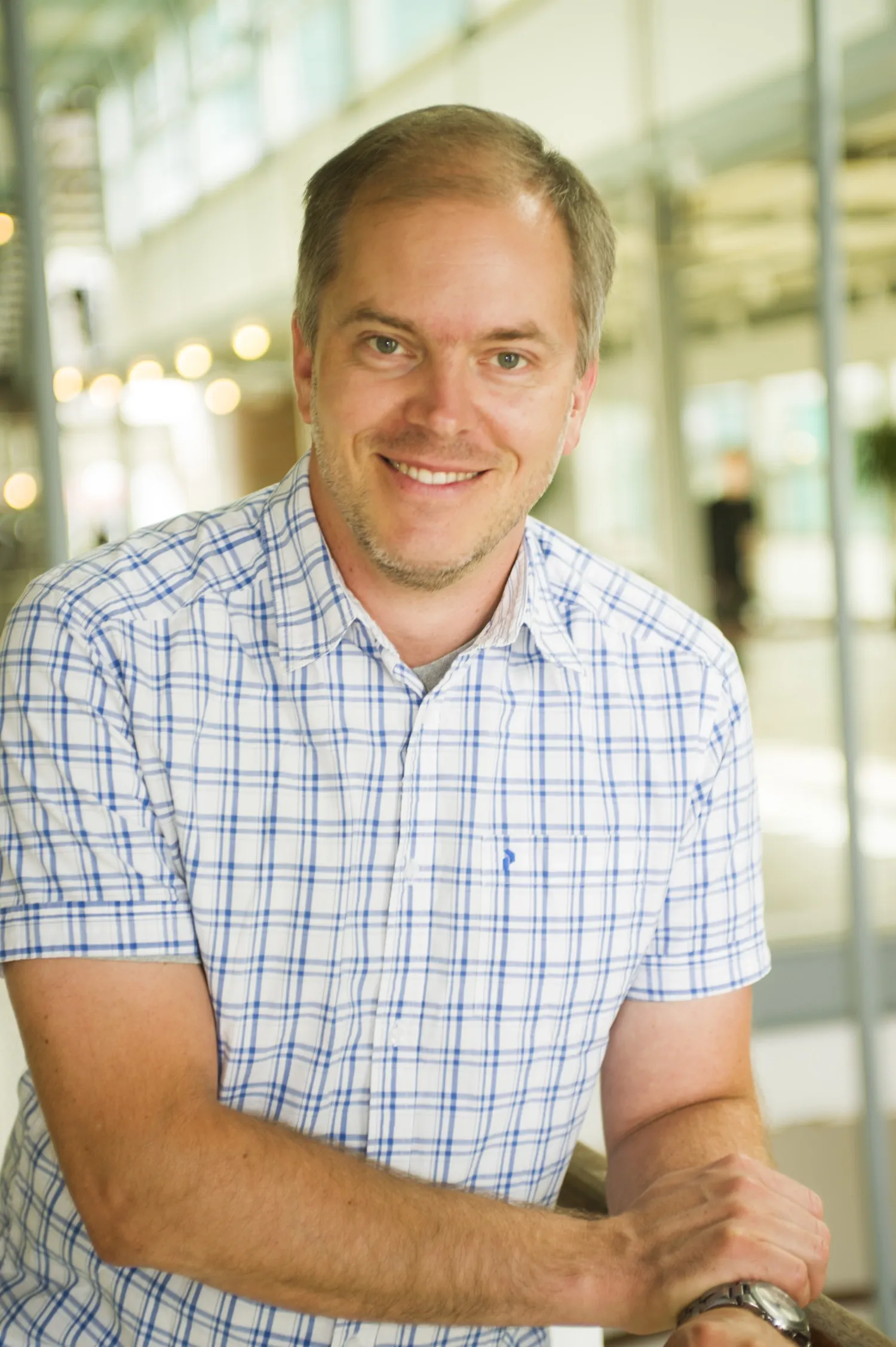A new study from Karolinska Institutet has mapped how a specific type of immune cells, MAIT cells, adapt and specialise in different tissues of the human body.
Researchers at Karolinska Institutet have recently published a study in the scientific journal Science Immunology investigating how MAIT cells (mucosa-associated invariant T cells) behave in different tissues. The study shows that these immune cells, which play an important role in the body’s defence against microbes, exhibit different properties depending on the tissue they are in.
MAIT cells are a type of T cell that recognise by-products formed when microbes synthesise riboflavin. This makes them unique in the way they detect and fight infections. The researchers examined MAIT cells from blood, barrier tissues and lymphoid tissue samples from organ donors to understand how these cells function in different tissues.
Different MAIT cells in intestines and liver

“We found that MAIT cells in the intestines have a specialised immunoregulatory profile with high expression of the regulatory enzyme CD39, suggesting that they play a role in protecting the intestinal barrier,” says , Professor at the , at the , Karolinska Institutet.
“In the liver, on the other hand, MAIT cells predominantly exhibit high expression of the marker CD56 and an increased ability to fight microbes.
Age-related changes
The study also shows that the number of MAIT cells in the blood decreases with age but is preserved in the tissues. At the same time, tissue-adapted functions in the intestines and liver become increasingly evident with age.
“Our results highlight the functional heterogeneity of MAIT cells and their adaptation to different tissues.”
Could lead to new treatments
The results of the study add a new dimension to the understanding of the immune system and how different types of immune cells specialise to protect different tissues against infections.
“This gives us a better understanding of how this arm of the immune system works and can help us develop new treatments for infectious diseases,” says Johan Sandberg.
Publication
Tobias Kammann, Curtis Cai, Takuya Sekine, Elli Mouchtaridi, Caroline Boulouis, Vera Nilsén, Olga Rivera Ballesteros, Thomas R. Müller, Yu Gao, Elisa J. M. Raineri, Akhirunnesa Mily, Sarah Adamo, Christian Constantz, Julia Niessl, Whitney Weigel, Efthymia Kokkinou, Christopher Stamper, Anne Marchalot, John Bassett, Sabrina Ferreira, Inga Rødahl, Nicole Wild, Demi Brownlie, Chris Tibbitt, Jeffrey Y. W. Mak, David P. Fairlie, Edwin Leeansyah, Jakob Michaelsson, Nicole Marquardt, Jenny Mjösberg, Carl Jorns, Marcus Buggert, Johan K. Sandberg, Science Immunology. 9: adn2362 (2024), DOI: 10.1126/sciimmunol.adn2362







